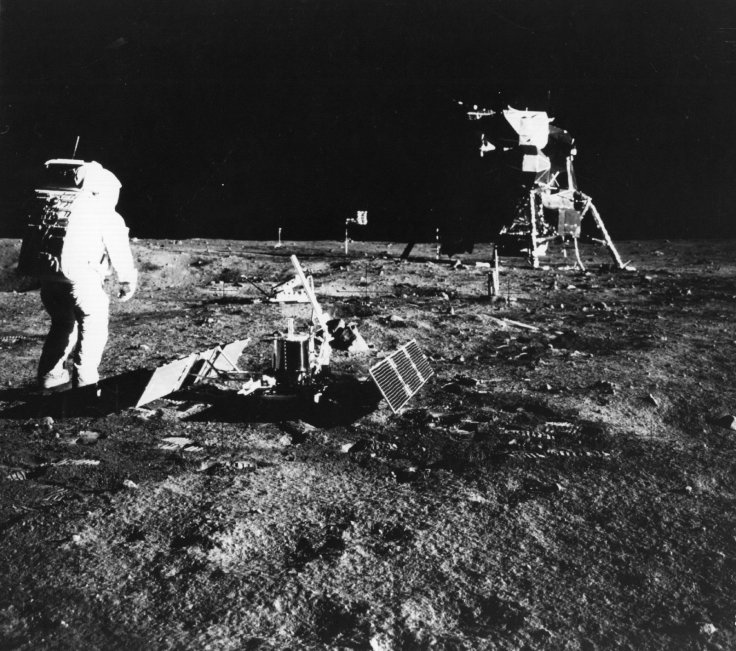
There are many mysteries related to earth's natural satellite moon that is yet to reveal. But recently scientists from US and Canada suggested that there is a possibility that the moon is hiding precious metals deep below the surface.
Researchers believe that only by understanding the lunar chemistry and intense research could solve this mystery over an apparent shortfall in precious elements thought to make up the mantle of moon.
Scientists first received the opportunity to study moon, only after astronauts brought back lunar materials, such a moon rock, almost half a century ago.
James Brenan, a scientist from Dalhousie University in Canada said that astronomers brought a grand total of 400 kilograms of the sample from the lunar surface which is "a pretty small amount of material."
So he believes that to find out more "about the interior of the Moon we have to kind of reverse engineer the composition of the lavas that come onto the surface."
It should be mentioned that after conducting a study in 2007 on the basalts, brought back to earth through Apollo 15 and 17 lunar mission, researchers estimate the amount of siderophile elements making up the moon's mantle.
It was widely debated that the moon was made from earth's own flesh and bones so it should have elementary similarities. But many researchers pointed out differences between moon and earth that reject other claims.
But this team of US-Canada scientists, combined the results of experiments on the solubility of sulphur with models on the pressure and thermodynamics of cooling magma to find out more accurate set of constraints on the makeup of the mantle of earth's natural satellite.
After the analysis it showed those missing siderophile elements, which were more than likely up there.
Brenan said that their study revealed that sulphur in moon's volcanic rocks is a "fingerprint for the presence of iron sulphide in the rocky interior of the moon, which is where we think the precious metals were left behind when the lavas were created."
Even though the recent research, which was published in Nature Geoscience, did not provide solid evidence on what lies under the moon's surface, the results of this study suggest that scientists can't rely on existing rock samples to come to any conclusion about moon.
Minning could be an option to find out the truth, but again it will depend on what future moon missions find and whether it will be affordable or not.









